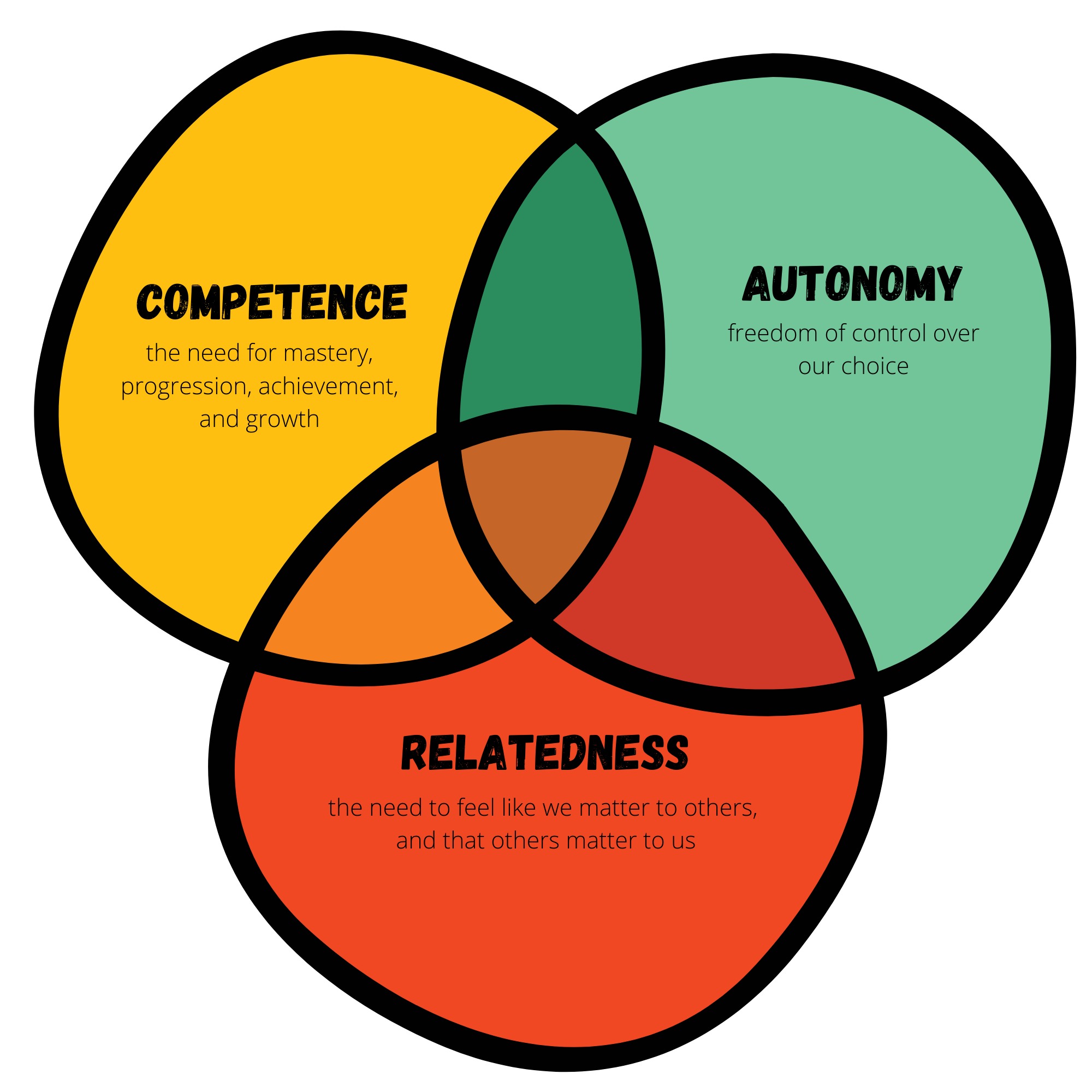Food for Thought: Kids and Gaming
tl;dr: Understanding how gaming might be addressing unmet needs for kids helped me wrestle with how to parent a gaming generation.
The Pandemic Gaming Acceleration
Coronavirus ended the screen-time debate. Screens won.
This pandemic-era New York Times headline definitely extends to video games at my house. Games suddenly became my 3rd grader’s primary activity when school and afterschool were abruptly cancelled. When the closure seemed temporary, this seemed like a nice opportunity to indulge (remember that time when we got to play Minecraft for two weeks straight?)
As it became clear that this was a longer-term situation, I started wrestling with the role of gaming for this generation of kids, and how to parent accordingly.
Gaming is Different Now
I have fond memories of computer games from my childhood. Every Christmas, we would get the newly released game in the King’s Quest series. We’d binge-play it for about a week during the holiday break, finish it, and wait for the next year. In the interim, there was Oregon Trail, Nintendo games at my friends house, and a few others, but only King’s Quest was (temporarily) all absorbing.
Gaming is different now. Popular games like Minecraft and Fortnite aren’t things you finish. Unlike the scripted puzzles of previous games, they’re open-ended by nature and refreshed with regular updates. Game play is a focus of social activity and self expression and kid culture.
First, Understand
The accepted “responsible” parenting approach to gaming seems to be limiting it as much as possible. But sensing the shift in the nature and role of gaming, and the pandemic-induced constraints on other kid activities, I wanted to avoid a knee-jerk “kids these days” reaction and try to understand the modern kids perspective.
My first real insight came from this Psychology Today article that links gaming to meeting basic psychological needs.
Games Fill A Gap for Kids
People — both kids and adults — need three things to thrive

Modern childhood often leaves these needs unmet
School, where kids spend most of their waking hours, is in many ways the antithesis of a place where kids feel competence, autonomy, and relatedness. There, kids are told what to do, where to be, what to think, what to wear, and what to eat. Alarms and bells orchestrate their movements with farm-chattel precision, while teachers opine on topics students couldn’t care less about. If they’re bored and want to go, they’re punished. If they want to learn something else, they’re told to be quiet. If they’d like to go deeper on a topic, they’re prodded to stay on track.
Gaming offers to meet kids’ needs
In games like Minecraft and Fortnite, kids have the opportunity to master skills with a clear sense of progression. They get to choose their own goals and direction in the games. And due to the role games play in social life, it’s a way to connect to peers and idols. The drive for competence and connection also explains why kids like watching other people play games, a phenomenon that is rather baffling to parents. I found the stark contrast, especially in autonomy, between the school and game environments really striking.
So … parenting?
None of this made it totally clear to me how to handle gaming as a parent. The Psychology Today article concludes that video games are not a good substitution to experiencing competence, autonomy, and relatedness in real life.
While a well-designed game attempts to satisfy these needs, it can’t come close to the deep satisfaction that real life and real human connection can provide.
This seems critically important as a parent — and tricky as the line between digital and “real” life blurs. I haven’t figured all this out yet, but the shift in focus from just screen time/game time to the underlying needs of kids is a good step in my understanding.